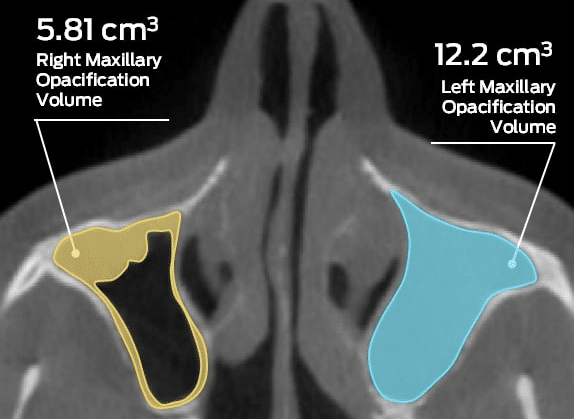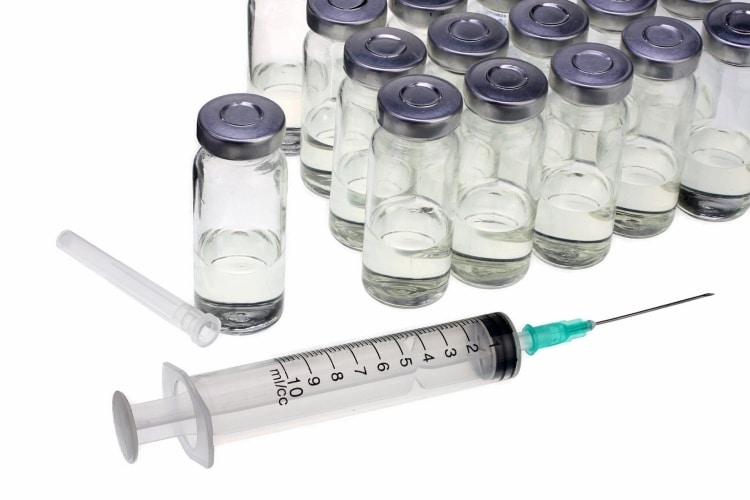It’s no secret that every level of the health care industry is experiencing intense pressure to reduce costs and increase efficiency. With the introduction of the Affordable Care Act, reimbursement processes have changed dramatically, and providers are tasked to use existing resources more effectively. For medical device manufacturers, this means that not only is it now necessary to prove effectiveness, but also that the device is a better value than its competitors.
Tom KraMer, president and CEO of Kablooe Design, which specializes in novel device development, explained to Med Device Online the challenges facing a new product attempting to enter the marketplace. He offered the example of a orthotist who fits patients for off-the-shelf braces, and how the decision-making process has changed as a result of cost pressures.
“Instead of spending 90 minutes fitting a patient, he has to fit them in 40 minutes, and instead of picking the more expensive brace he used to use (because he thought it was better), he has to choose the cheapest device possible. That is the type of scenario we’re seeing,” KraMer explains. “If you want to design the greatest medical device with all these bells and whistles, keep in mind that you will have to sell it to someone who is under pressure to get the cheapest thing and whip their patients through the office as quickly as possible.”
Serving a more cost-conscious group of providers has impacted the device design process in many ways, but perhaps most notably it has affected designer’s willingness to include truly novel features. Instead of trying to outdo the competition by developing cutting-edge technology, many manufacturers now prefer to play it safe, and use technologies that have already been embraced by payers and providers. Instead of attempting to position a device as the latest and greatest with exclusive features, more are electing to minimize features to reduce costs and gain market share by appealing to cost-conscious markets.
Others seek to prove value in different ways, namely through reducing procedure times and speeding patient recovery. Because provider’s time is so valuable, and many care organizations are facing a heavier patient load, the ability to speed patient through-times is highly sought after. By offering the ability to speed procedures or reduce post-operative care requirements, devices can not only allow patients to return to active lifestyles sooner, they allow providers to see more patients per hour, helping to increase care facility revenue.
To find success in today’s marketplace, no matter the cost-containment strategy employed, it is crucial that novel devices be supported by comprehensive clinical trial data. Payers and providers are demanding increased evidence of a device’s efficacy before making a purchasing decision, underlying the importance of retaining clinical trial management solutions that understand modern demands.
Latest Industry News
Medical Metrics, Inc. Announces Involvement in ReOpen CRS Clinical Trials




